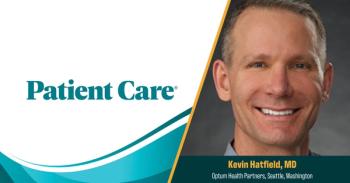
FDA Updates RSV Vaccine Labels to Include Guillain-Barré Syndrome Warning
The FDA approved the addition of Guillain-Barré syndrome warnings for Abrysvo and Arexvy, citing postmarketing data suggesting an increased risk.
The US FDA has mandated and approved safety labeling updates for the respiratory syncytial virus (RSV) vaccines Abrysvo (Pfizer) and Arexvy (GlaxoSmithKline) to include a warning about a potential increased risk of Guillain-Barré syndrome (GBS) following vaccination. The Prescribing Information for each vaccine has been revised to include additional language in the Warnings and Precautions section that describes findings from prelicensure and ongoing post-approval surveillance.
According to the FDA, and stated as such in each label, "Results from a postmarketing observational study suggest an elevated risk of GBS during the 42 days after vaccination" with either
The postmarketing observational study conducted by the FDA analyzed Medicare claims data for individuals aged 65 years and older who received Abrysvo or
The study employed self-controlled case series analyses to assess the risk of GBS within 42 days post-vaccination compared with a control window of 43 to 90 days post-vaccination. According to the results, there was an estimated 9 excess cases of GBS per million doses of Abrysvo and 7 excess cases per million doses of Arexvy administered.
The FDA emphasized that background risks of GBS in study populations could influence these estimates, and comparisons to other vaccine studies or populations are not directly applicable.
Despite the updated labeling, the FDA continues to monitor the safety of Abrysvo and Arexvy and maintains that vaccination remains an important measure for preventing
Reference: FDA Requires Guillain-Barré Syndrome (GBS) Warning in the Prescribing Information for RSV Vaccines Abrysvo and Arexvy. US FDA. January 7, 2025. Accessed January 8, 2025.
Newsletter
Enhance your clinical practice with the Patient Care newsletter, offering the latest evidence-based guidelines, diagnostic insights, and treatment strategies for primary care physicians.
















































































































































































































































































